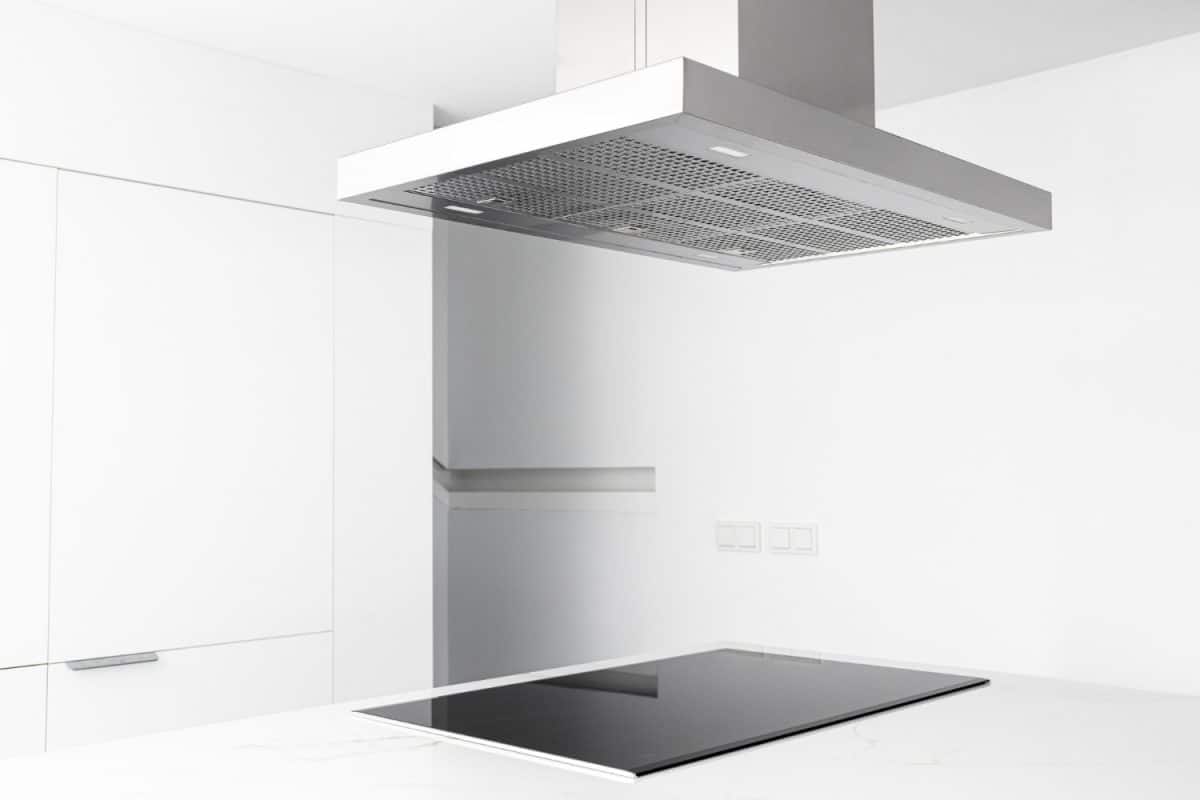
The kitchen island is one of the most popular solutions. Especially when there is a cooktop on the island. What should I consider when buying an island hood for my kitchen?
In modern kitchens, kitchen islands, which contain additional storage space (cabinets) covered by a worktop, are becoming increasingly popular. The kitchen island looks very stylish and modern, so it cannot be missing in any modern kitchen. Very often on a kitchen island a hob is mounted, and above it a hood.
If a hob is placed on an island, a suitable extractor hood should be fitted to it. This will prevent cooking fumes and odors from spreading throughout the room. The model of island hood should be matched to the style of the kitchen.
Types of island hoods for kitchens:
Installing an island hood requires kitchen preparation, especially the ceiling. Exhaust hoods are more efficient than absorbers, but they do require a connection to the ventilation chimney. The ceiling usually has to hide the ventilation ducts, so it has to be very well made. If the island hood is with an absorber, it can be mounted on the ceiling with ordinary construction studs.
The island hood should be matched to the dimensions of the stove. It is assumed that for a hood to work properly, it must be at least 10 cm wider than the cooktop. This recommendation does not apply to cylindrical hoods. The height of the hood should be adjusted to the needs of the cooker’s occupants. For a hood to work properly, it needs to be hung 65-70 cm above the cooking plate.
When buying a hood, it is worth taking into account the amount of air filtered during an hour of operation of the device. The efficiency is calculated inm3/h and should be adjusted to the size of the room. A hood in the lowest gear should clean the kitchen six times per hour, and in the highest gear twelve times per hour. If, for example, a kitchen with a living room is 25m2, you should buy a hood with a capacity of 150m3/h to 300m3/h.
When choosing a kitchen hood, you should also consider the noise level of the device. Ideally, the hood should not generate more than 50 dB of noise when operating in medium gear.
When choosing a hood, you should also pay attention to the type of lighting – leds are the most energy-efficient. The backlighting in the hood should be matched with the other light sources inside.
It is also worth noting the additional features of the hood. A very useful feature is the filter cleaning sensor which informs you when the filter needs to be cleaned or replaced. An equally important option is the odour sensor, which automatically switches on the cooker hood when it detects steam or odours during cooking.